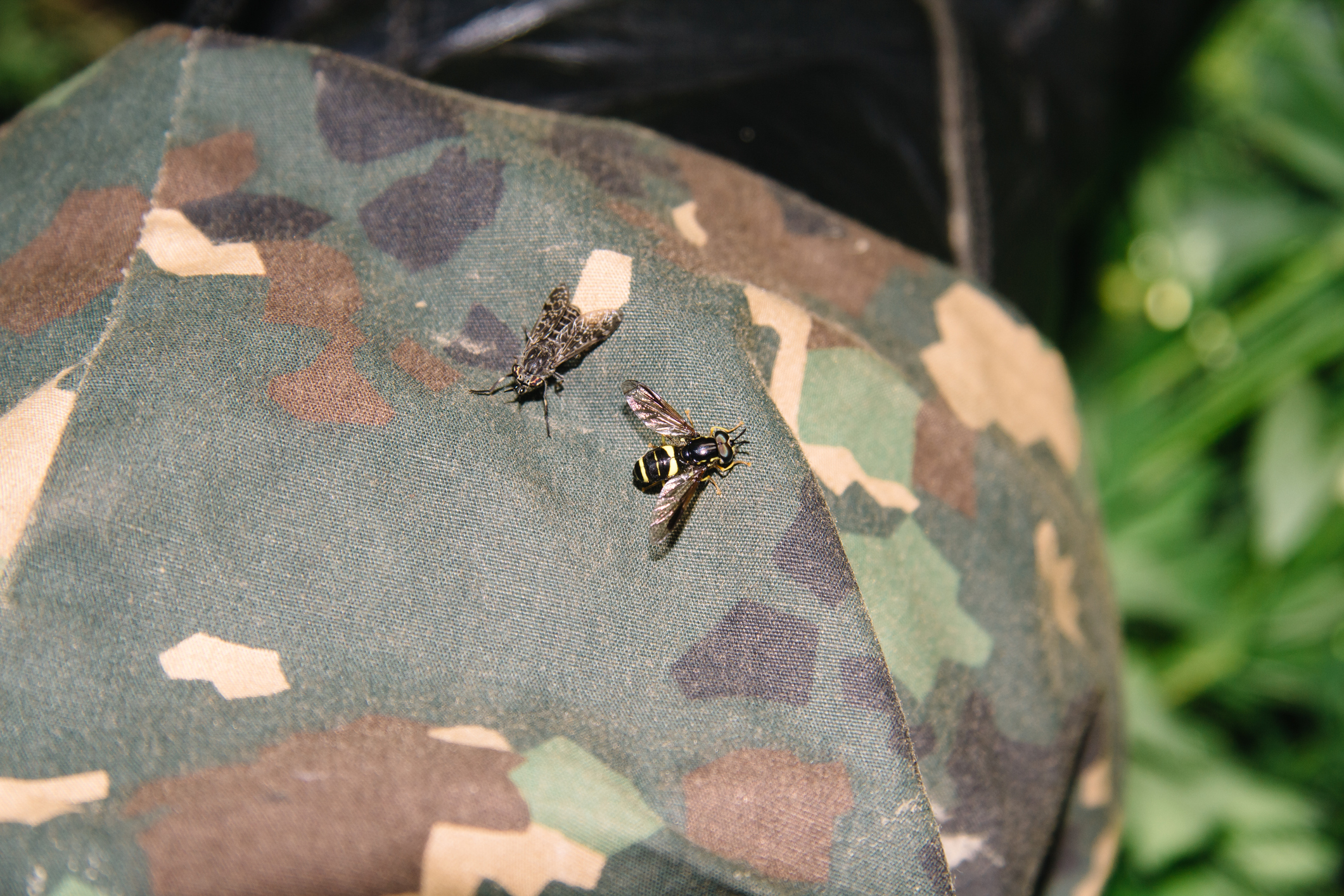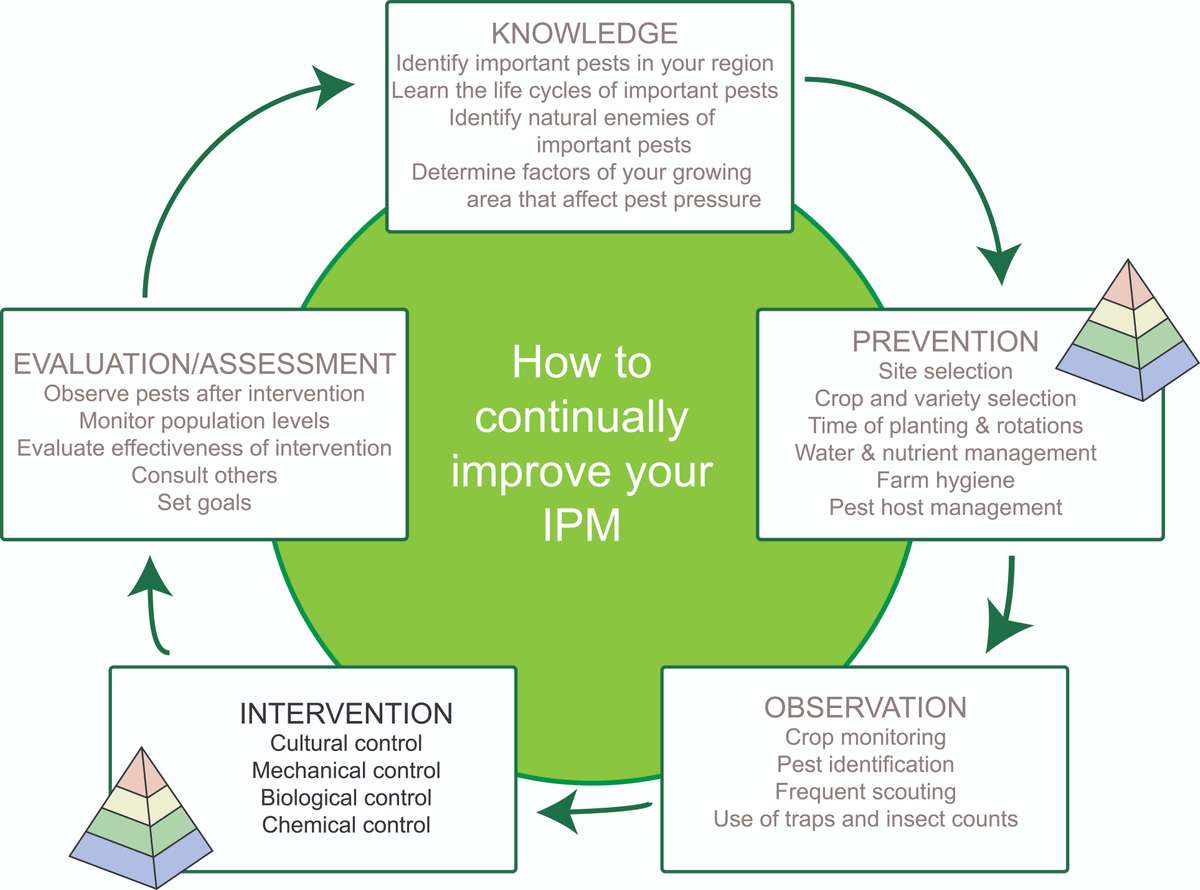Facts About Pestwise Revealed
Facts About Pestwise Revealed
Blog Article
Pestwise - Questions
Table of ContentsFacts About Pestwise RevealedThe Best Guide To PestwisePestwise for DummiesSome Ideas on Pestwise You Should KnowPestwise for DummiesThe Ultimate Guide To PestwiseSome Known Details About Pestwise

Q. Specify "integrated insect monitoring" (IPM) and listing several feasible control techniques that may be made use of in an IPM method. A. Integrated pest monitoring is the incorporating of suitable parasite control techniques into a solitary plan to lower insects and their damages to an acceptable degree. Pest control methods may consist of: host resistance, organic control, cultural control, mechanical control, hygiene, and chemical (pesticide) control.
The Buzz on Pestwise
What can you do to maintain the parasites you are attempting to control from ending up being immune to the chemicals you use? A. Bug resistance can be reduced by utilizing integrated bug monitoring and turning the kinds of pesticides utilized.
Bugs are an essential risk to the farming company, and integrated bug administration aids farmers address and reduce these dangers. Integrated parasite monitoring makes use of several methods in complex, thus being a more reliable service to the issue. Exterminator. Particularly, eliminating aggressive chemical methods permits decreasing injury to individuals and the setting by using all-natural and more secure choices instead
Not known Incorrect Statements About Pestwise
The objective of integrated parasite administration is to lessen this injury and control acceptable invasion levels as opposed to get rid of all undesirable populations. This is why it is necessary to recognize what steps are justified in each case and use hostile ones just when other incorporated administration strategies don't function. Integrated administration reduces the adverse consequences of a non-IPM technique, and the primary advantages of IPM Advantages of IPM.
A proper understanding of the infestation extent figures out if the trouble ought to be resolved. are the next elements of an IPM program since it is very important to recognize if the microorganisms make possible dangers and choose the incorporated management choices or the certain pesticide use. mean to reduce invasions by using different agronomic methods.
The Definitive Guide to Pestwise
if avoidance was inadequate. Integrated management options in an IPM program start with much safer to more hostile ones. For instance, target or broadcast chemical spraying may follow manual removal or trapping that hasn't helped. Those incorporated monitoring facets assist comprehend exactly how to plan and carry out an IPM program step by step: Display your plants frequently.

Amongst others, IPM social methods consist of the adhering to field administration strategies: dirt treatment; selection of appropriate plants; plant turning; interplanting or strip cropping; choice of planting days; weed control; usage of catch plants. Beneficial dirt problems speed up plant development, go right here and vigorous crops are a lot more immune to problems. Healthy seedlings and seeds determine successful crop advancement, so it is crucial to choose pest-free planting product with solid roots.
Thus, to name a few applications, plant turning can be properly used as an incorporated parasite management method. Vermin spread out slower if rows of various plant kinds divide their host plants in intercropping or strip chopping, which is also used in the integrated bug administration system. Alternatively, problems increase when plants of the exact same plant type or household grow with each other.
, as well as tomatoes. Planting catch plants in patches is another alternative for IPM intercropping. This incorporated insect management approach recommends drawing in insects to specific plants and after that managing them with chemical or mechanical techniques.
The Only Guide to Pestwise
Obstacles are typical examples of physical IPM approaches. Fully grown insects or their eggs and larvae are accumulated by hand and destroyed.

Division of Plant Sciences. This incorporated monitoring technique suggests a typical means of damaging pests by predators, parasitoids, microorganisms, and other biological control agents (aka antagonistic organisms). The function of biological control in IPM is to.
6 Simple Techniques For Pestwise
With time, their population became an actual annoyance to farmers together with indigenous kangaroos or dingoes. The cane toad is an additional case showing incorporated biological control failing hereof when it declined to hunt the target varieties and ended up being an insect itself. Parasitoids develop on or within their hosts to at some point kill them after developing.
Report this page